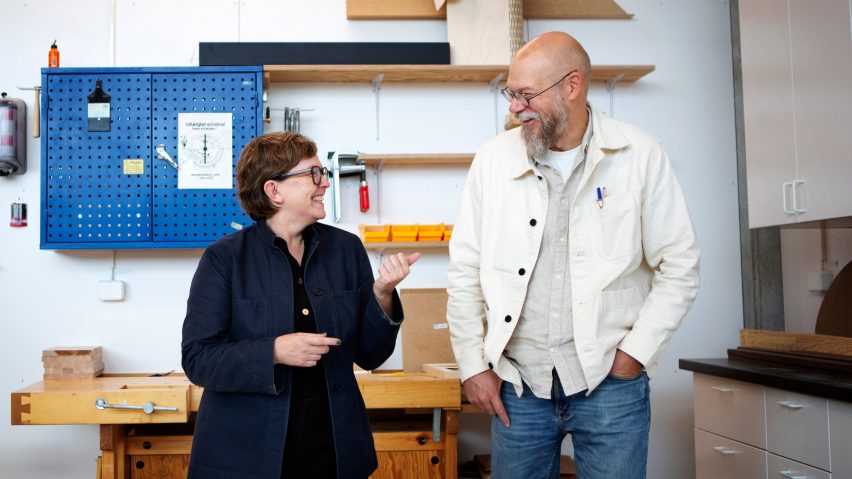
Mass production "a possibility to drive progress and change" say IKEA design managers
With IKEA turning 80 this year, Dezeen spoke to its global design managers Eva Lilja Löwenhielm and Johan Ejdemo about AI, working with external designers and why it remains a "unique low-price brand".
Löwenhielm and Ejdemo oversee Swedish furniture brand IKEA's 23 in-house designers, as well as the 200-or-so freelance designers that help create its 2,000-2,500 new products per year.
While some design to specific pitches for different areas of the home, Löwenhielm and Ejdemo also work with teams that are looking further ahead.
"Some designers give us pitches or are in close collaboration with our business areas, and then we also work with what we call collections, where we are more explorative or curious about things," Löwenhielm said.
"We are in some early exploration projects as well, where we're working with our innovation teams and looking into things that are maybe five to 10 years ahead."
As well as creating in-house collections, IKEA also frequently collaborates with outside designers and recently worked with Dutch designer Sabine Marcelis on the Varmblixt collection.
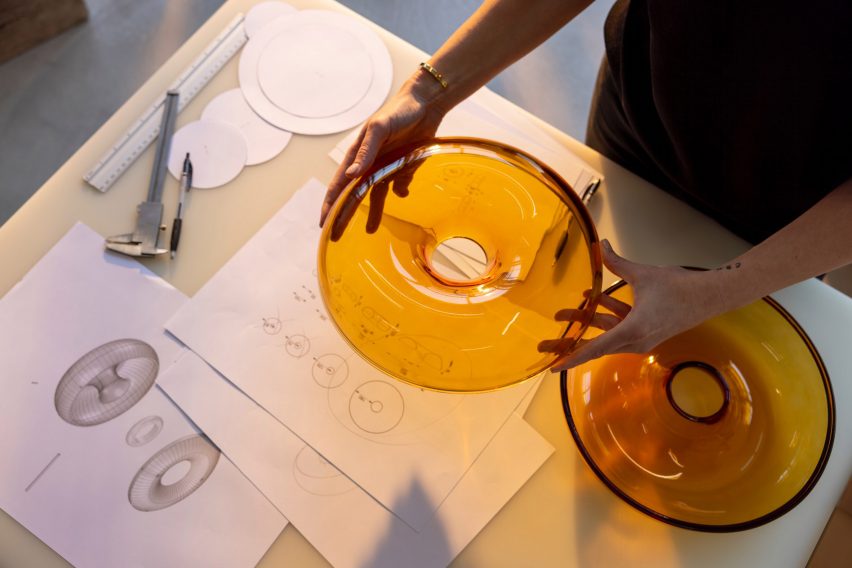
According to Löwenhielm and Ejdemo, this is symptomatic of the brand's curiosity about designs that differ from its own.
"We are curious about other expressions that we don't normally do, or that are questioning," Löwenhielm said. "And those depend on the collaborators. So that is the beginning – why do we do this collaboration together?"
"An example could be a curiosity about how we bring light into the home in a different way," added Ejdemo. "It might be quite close to what we do, but still have a very specific point of view."
"We will continue to evolve in the ways we collaborate, and the portfolio of collaborations might look different in the future than it has in the past – most probably it will because we try to improve as well."
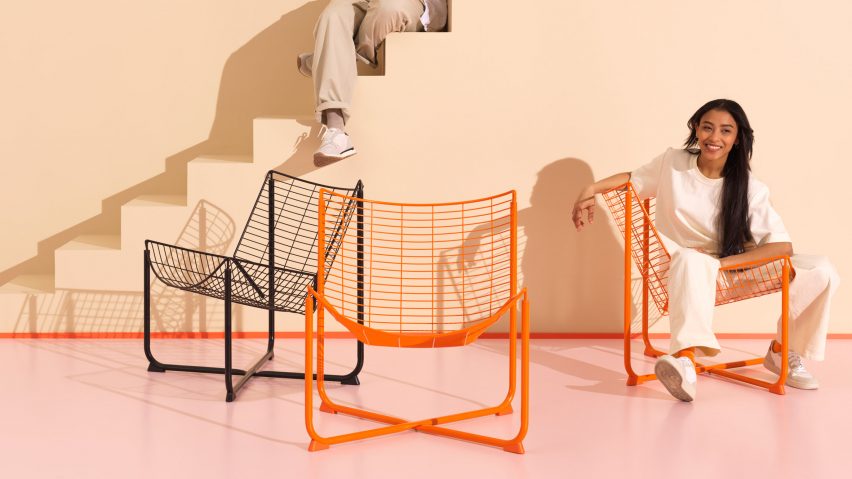
The brand's designs have often been adapted and copied, with a number of companies offering their own designs that can be used to refurbish existing IKEA products – something that Ejdemo sees as a positive thing.
"I personally have a very positive view of it. We enable creativity and we enable creative solutions at home," he said.
These adaptations can also help the IKEA team understand what people want from their products, according to the design managers.
"We probably learn a lot ourselves about things that we might not be doing that we should be doing," Ejdemo said.
"But those solutions that we refer to, they wouldn't fit in our vision of being affordable – they often become extremely expensive, and can take a lot of time before you get them."
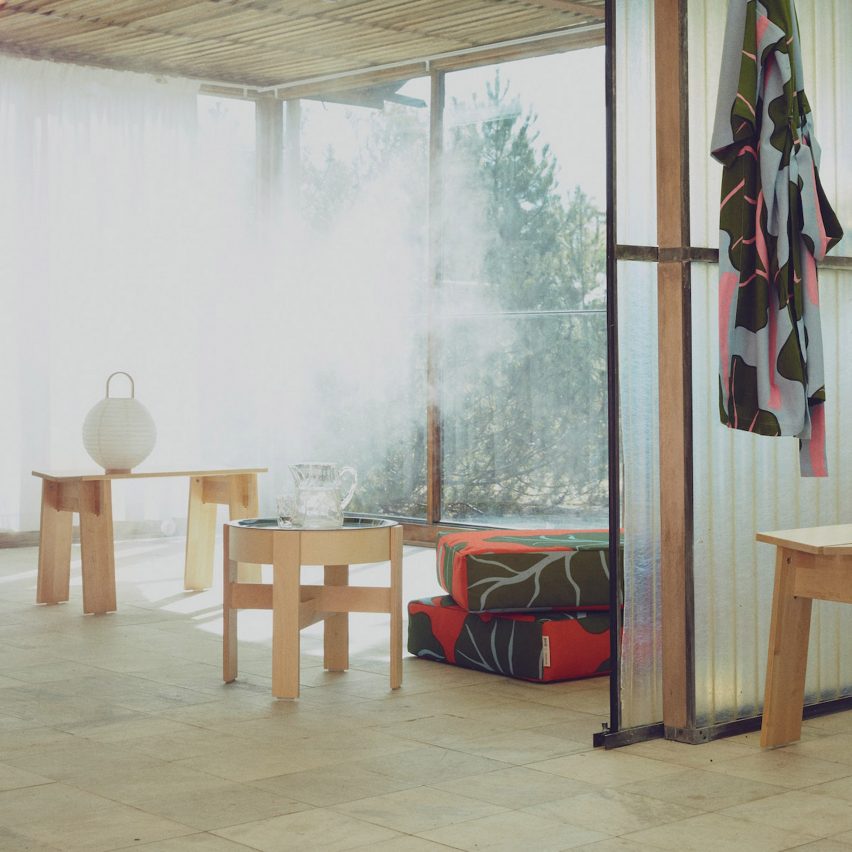
In the past few years, IKEA has closed a number of its larger stores and created smaller locations in city centres including a car-free store in Vienna with a gridded facade and a Copenhagen store with a rooftop park that is set to open this year.
The brand is also set to open a store on London's Oxford Street this autumn.
This change from larger out-of-town stores to smaller stores hasn't affected the way in which the products are designed, according to the design manager duo.
"We still have the same design principles and we try to be where people are," Ejdemo said.
While customers are now perhaps more likely to see the products online before going to an IKEA store, the one thing that has been affected is the brand's logistics.
"The only change we're working towards is making the size of the packaging more accessible for online sales," said Löwenhielm. "We have always tried to minimise the material use and be smart."
"With IKEA, you always design [products] to fit into a box," Ejdemo said. "We don't want to transport air, that sits within sustainability and costs as well."
"It's in the DNA when doing an IKEA product design – you cannot do the design without having an idea of how it can be broken down to fit into packaging," he added.
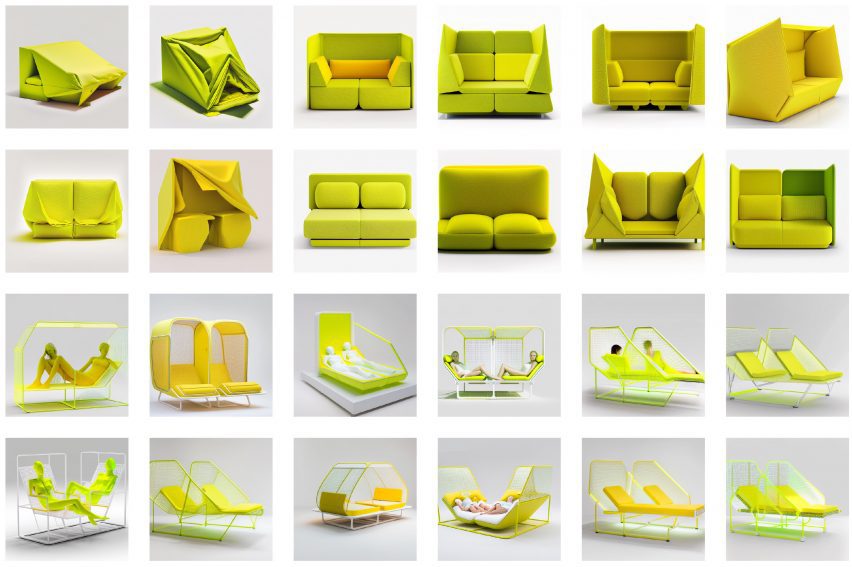
In the past year, artificial intelligence (AI) has begun to have an increasing impact on the architecture and design industries, with architecture studios, including Zaha Hadid Architects, using it to get inspiration for projects.
Among the design outfits to have used it is Space10, IKEA's research collective, which recently created a concept for a foldable couch.
The technology has also been picked up by the designers working with Löwenhielm and Ejdemo.
"The design team is playing around with it already because they play around with everything new, that's just the nature of who they are," Ejdemo said.
"[Not using it] would be as wrong as saying that photography wouldn't be interesting for us because we are painting such realistic pictures," he added. "Obviously, we are curious about what's coming in the future."
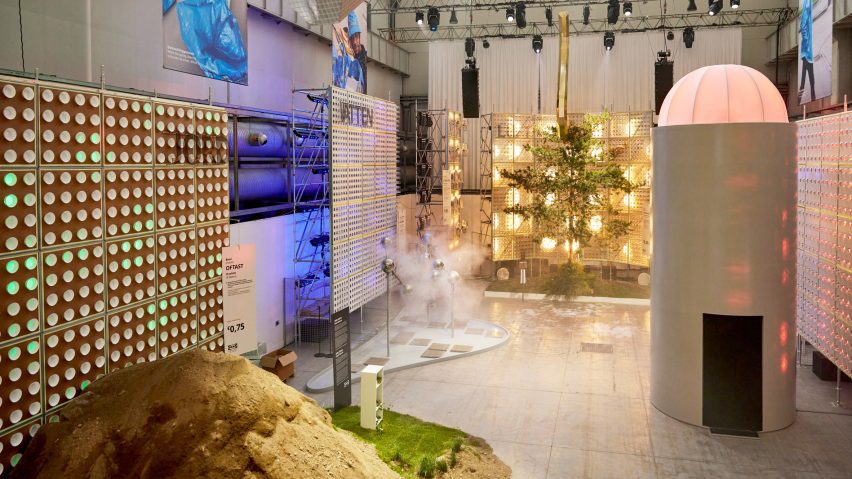
The company recently celebrated its 80th anniversary with an exhibition at Milan design week that looked at IKEA's past as well as its future.
"We always get the question of what has to change and how to stay relevant, " Ejdemo said. "We are always reflecting the society that we are in."
"But there are also a lot of things in IKEA that are a constant – we know we have a vision, we know who we are: we are for many, maybe not for everyone," he added.
"We have an idea that is to make products that are affordable. If our products make you happy, help you imagine how to solve something in your home and don't put a big hole in your wallet, that's kind of what we do under our vision."
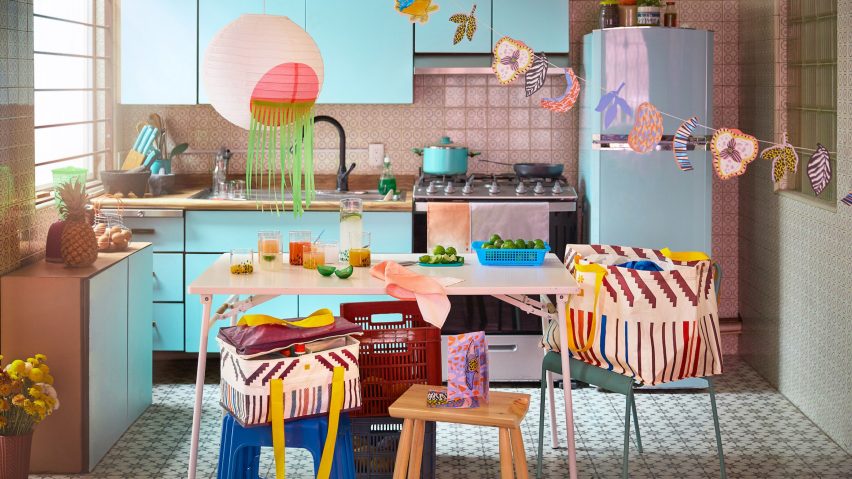
While mass-production often carries negative connotations, Ejdemo argued that IKEA sees it as an opportunity to drive progress and influence industries.
"For us, [mass-production is] a possibility to drive progress and change and actually influence industries to improve and become better," he added. "Low-price is an outcome of doing that more efficiently."
"I usually say that we are a low-price band but not any low-price brand, we are a very unique low-price brand with a very unique point of view on what we do," Ejdemo said.
"There are very few companies that invest as much in design as we do at IKEA."
"We're also a progressive company that wants to lean forward, like [with] AI, and I'm sure there will be mistakes there as well," Ejdemo added.
"But we are a company that encourages mistakes, as long as we don't repeat them."
The photography is courtesy of IKEA.
Dezeen In Depth
If you enjoy reading Dezeen's interviews, opinions and features, subscribe to Dezeen In Depth. Sent on the last Friday of each month, this newsletter provides a single place to read about the design and architecture stories behind the headlines.